I'm not giving a lecture on the "Book of Genesis" about light, this essay is solely about lights on our jewellery benches.
Two of the most important things at our benches are "POSTURE and BENCH-LIGHTING". Without proper lighting...'we would all be working in the dark', (pardon the pun).
==========================================
In the previous century jewellers had only a candle to light their workbenches. These candles were situated behind a glass container filled with water. This water would disperse the 'beams of light' directly to the jewellers working area. Thankfully, we don't need this kind of antiquated apparatus anymore.
Eons ago, jewellers used to make their own wax-candles by using animal bi-products called TALLOW. This wax was then 'hand-formed' around a long string.
This is my Diamond Setting bench showing my '2-bulb' lighting system.
This is the correct position of the light source. I just found this photo on the internet and even I would be pleased with it's lighting position for my bench.
Just for some extra illumination, I've added a portable LED light.
All lights must have a minimum of a 'two-bar' system, why two? The minute flickering of each bulb is at 15cycles per second, our eyes can register this 'non-stop' flickering.
That is why there are two bulbs, as one bulb will cancel out the other flickering. For a better option is to buy a '3-bar' light.
Here is that 'three-bulb, desk-top' version that is quite safe on the eyes and has no sign of bulb flickering.
This is my two-bulb lighting system that sits in the centre of my bench.
Here is a 'ceiling-held fixture' over the bench, you can see the 'two bulb' system. Each of these bulbs are at a mere 15watt illumination.
With these strong 60w, or 100w bulbs, there will be still too much glare to the jewellers' eyes. This one bulb could be almost 'blinding' to my eyes.
Here is a 'do it yourself' configuration, this is not for any long term, 'up-close' work.
This is a 'one bulb' system that is a tad softer with the help of a 'shade' covering. But still not good for long time working for 'us' jewellers. This adjustable 'shade lamp' was used in 1911.
With the advent of the incandescent light-bulb more chances for the jewellers to work longer hours in the days and then into the evenings.
During the last century, a newer bulb idea came along, it was a 'hanging one bulb'.


.jpg)

.jpg)






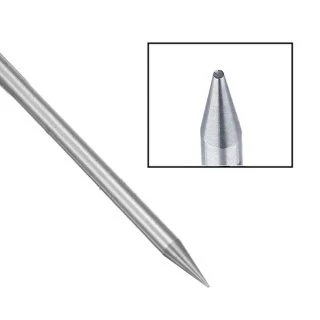


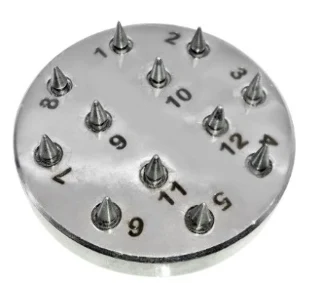


.jpg)

.jpg)
.jpg)

.jpg)
.jpg)
.jpg)
.jpg)
.jpg)



.jpg)



.jpg)
.jpg)

.jpg)
.jpg)


.jpg)



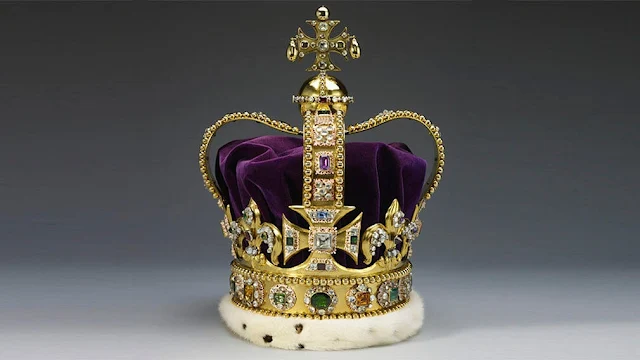
.jpg)
.jpg)




.jpg)

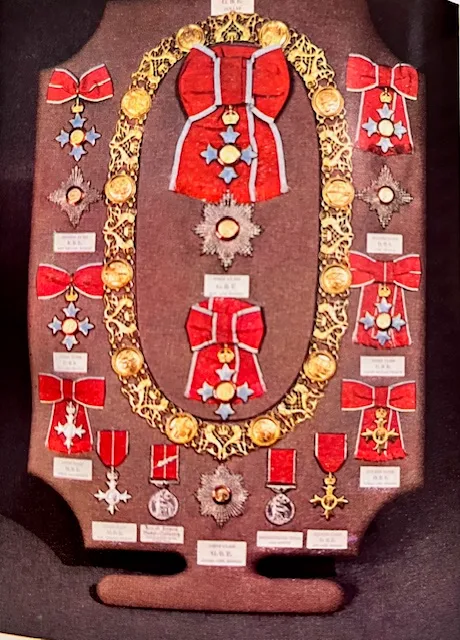






.jpg)
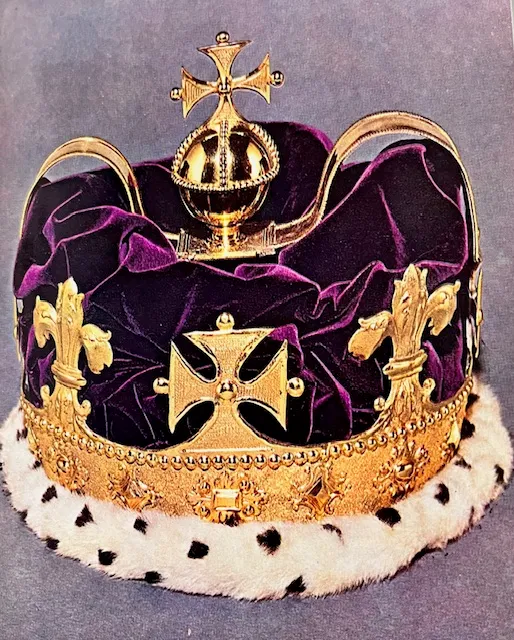


%20(1).jpg)








.jpg)

